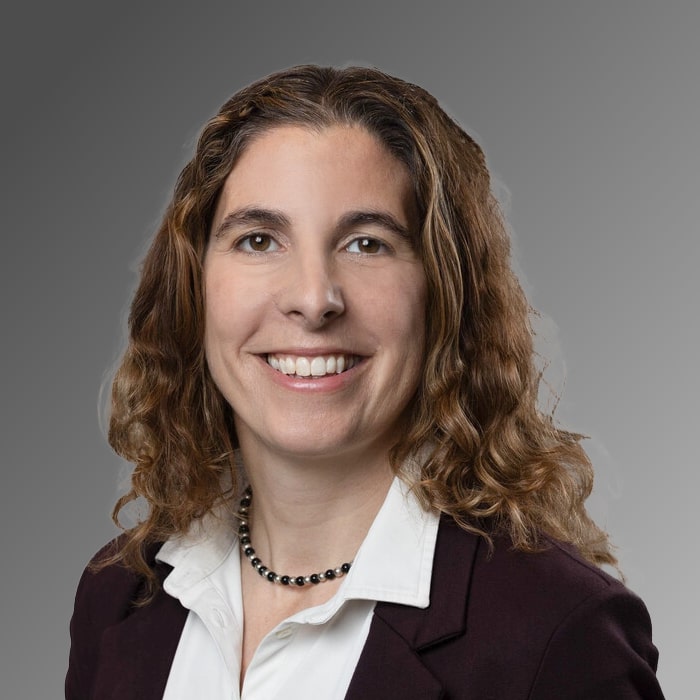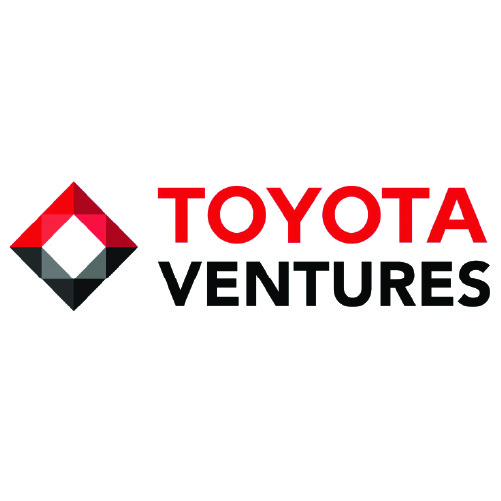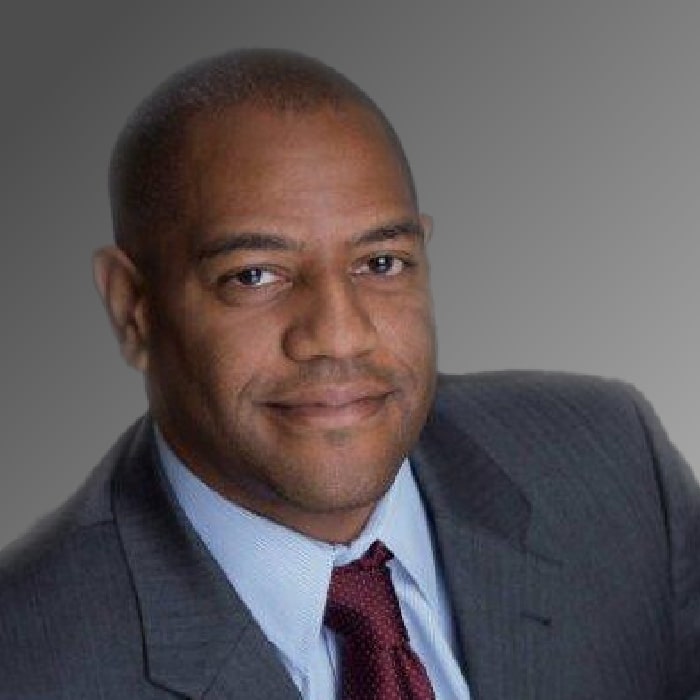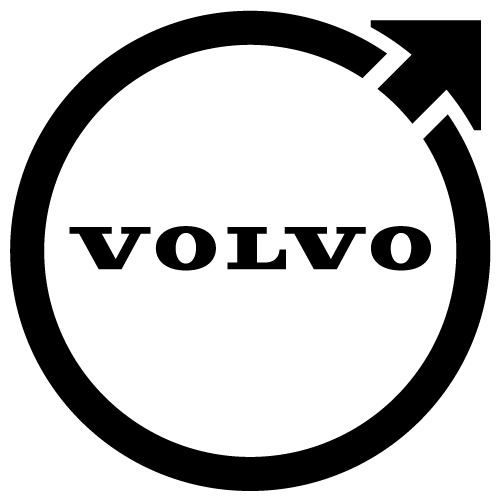Following the Thread: Navigating Fund of Funds
May 16, 2024
Interviewed by Nicolas Sauvage on November 14, 2022
“Always read the balance sheet, Woven Capital Partner Nicole LeBlanc told the Corporate Venturing Insider audience. That doesn’t just go for CVC leaders who, like her, began corporate life as an accountant.
“It’s helpful when structuring and planning,” she elaborated. “Always read the notes. If there’s something uncertain or unusual, it’s always in there, so they are interesting to read. Don’t take it for granted that other investors or anyone else have done the due diligence.”
That’s just one of the golden nuggets LeBlanc shared with show host and TDK Ventures President Nicolas Sauvage. Her diverse experience leading to her position with Woven, Toyota’s $800 million CVC arm, uniquely qualifies her to opine on diverse investment topics.
Canada and Accounting
LeBlanc revealed that both her parents worked for a large corporation and the government, so she was not exposed to the entrepreneurial spirit at home. Growing up in a tiny town in Atlantic Canada, LeBlanc’s ambitions did not include venture capital.
“It wasn’t even a career I knew existed,” she said. “I did great in mathematics, so I ended up going into accounting. My first job was at a chocolate factory; the perks were great. They put the extras by the photocopier.”
Free candy, however, was not the only benefit. Part of her job involved product costing, which brought her to the factory floor to learn about machine run rates and talk with the operators and technicians. That knowledge base served her well when she found herself “falling into” venture capital.
That first CVC job focused on Canadian startups with investments at the seed stage.
“It was meeting lots of companies and learning to understand the industry,” LeBlanc said. “Pattern recognition, looking at different t sectors, and anything from direct-to-consumer jewelry to optical quantum computing. The economics and the models followed that seed-stage path.
From her base in Japan, LeBlanc says she sees similarities with Canada and other jurisdictions in terms of investment activity among the three major players: financial VCs, CVCs, and the government.
“In Canada, you need at least two of the three really doubling down,” she noted. “There wasn’t a lot of activities from the corporates. If you look at the economy of Canada, it’s a lot of commodities and natural resources and old family-run companies that are quite conservative. Venture capital just wasn’t an area that over the years was very active.”
That left the government and the private sector to pick up the slack. The governments of Quebec, Alberta, Newfoundland & Labrador, and the Northwest Territories Heritage Fund established sovereign wealth funds that supported private sector investment in the technology sector to make it more competitive with that of the United States, which LeBlanc said was about 10 times the market size. LeBlanc said provisional governments’ action has evolved from generalist funds to a more diverse approach, with investment in funds focusing on women- and indigenous people-led businesses and interest in de-risking the market for the private sector.
“How do you make sure that the Canadian ecosystem takes advantage of that proximity but doesn’t suffer a brain drain or have all the companies move?” she said. “How do you find ways to fund the companies at home to get where they need to go? I think that’s occurring in Japan where there’s a lot of activity from corporates and maybe less so from the private sector. The government is now starting to double down in trying to find ways to spur the tech sector here. It’s really interesting to see the dynamics.”
Making a List; Checking It Twice
In addition to always checking the financial statements, LeBlanc’s accounting background, Canadian experience, and structured personality keep her organized, she said. As a greenhorn, however, she took some time to comprehend the nuances of investing. With what she called an “inbox zero” personality, she appreciates routine and logical assessment.
Negotiating for her first job in venture capital, she remembers assuming, “I’ll have a checklist, and that will tell me if it’s a good investment or not. So, I ended up taking the job, and it was really fun. I have spreadsheets for everything,” she said. “It helps as part of the…portfolio management process to be able to incorporate those things in my day-to-day routines.”
And she never abandoned the idea of checklists in CVC management.
“One (fund) I worked at deployed 187 investments across all sectors and all geographies in Canada,” LeBlanc said. “So we needed lots of checklists. At one point, we were deploying a company; we were closing an investment a week, including follow-ons.”
With teammates spread across multiple geographies well before Zoom had been invented, spreadsheets and checklists brought organization, and helped LeBlanc ensure everyone on the team could access institutional knowledge and understand their responsibilities.
“The checklists were more about reviewing all the different assumptions as opposed to actually assessing historical activity because that didn’t exist or if it did, it wasn’t very indicative of future success because it was lumpy or was pilot revenue,” she explained. “It became more future-looking and provided a bit more downside protection because our fund couldn’t continue to follow on. We had to get the most bang for our buck in that first check.”
She used the lists, for example, to validate sales projections and determine optimal fund structures and she continues to use and refine her investment requirements to ensure she considers a diverse pool of entrepreneurs and an inclusive portfolio management and business development team. But diversity for diversity’s sake — simply checking it off the list — is not the proper approach, LeBlanc notes. She plans to follow Melinda Gates’ lead by altering her criteria to allow more investment in woman-led funds.
“There are not enough women in tech,” she observed. “Not because the funds won’t do as well. It’s just because there haven’t been as many women to build the track records or have the personal wealth that typically comes with the system and the checklists in use now. And so how do you change the checklist to be more inclusive, yet still provide the same amount of financial return?”
That goes for CVC team-building, as well.
“We all have to do our part, thinking differently when we hire and making sure that we have inclusive environments so everybody feels comfortable once we have our teams together, she said.”
Shifting Gears
While LeBlanc’s first taste of venture capital was enough to convince her she doesn’t want to work in any other industry, her path within the sector has been anything but straightforward. With a start in financial VC targeting early-stage companies, she has pivoted nearly 180 degrees.
She veered into corporate venture capital with a stint at Sidewalk Labs, an Alphabet project dedicated to smart city development. She acknowledged that calling upon the mothership’s vast resources was a luxury.
“It was great being able to just walk down the hall and talk to an expert in mass timber and building,” she said. “I could build a really interesting thesis around how to support property tech and construction tech, considering the key levers were from a customer perspective.”
LeBlanc noted that there are pros and cons in both financial and corporate venture capital, but as her career with Woven Capital testifies, she prefers the latter because it plays to her strengths.
“I know enough to ask the right questions, but I don’t have the time to go deep in hydrogen, battery development, charging, and robotics for factories. I love that I have internal experts working, and I can get access to how they’re thinking about it through that, and it helps me validate a company faster.”
The only major drawback she sees is that CVC may operate at a slower pace.
“Depending on the size of your company, discussions take a long time,” she explained. “There are often cultural challenges that need to be overcome in a global company. And it doesn’t necessarily execute as well as you always hope. Startups think in weeks, and corporates think in years”
She also has made the adjustment from seed-stage to growth-stage investing. She used to train her eyes on the horizon, “where it’s all sunshine and unicorns and everybody’s going to change the world,” necessitating hands-on dealings with entrepreneurs. Now, with Woven, she can be “founder-friendly” once terms have been negotiated and delivered, “trying to help them think through what they are working on because they have to respond, analyze, and iterate quickly because the market’s changing quickly and they often don’t have product market fit.”
Fund to Fund
LeBlanc said that as a large part of Woven’s mission, fund-to-fund investments provide rapid sector and geographic coverage. With Woven’s teams largely concentrated in Japan and the U.S. West Coast, it can be difficult to maintain the knowledge about global markets that Toyota, as a global OEM, needs to know.
“I can go to the UK or Africa or New York, but I’m not embedded there,” she explained. “I don’t know the details of what’s going on…in the ecosystem. So having a fund-to-fund strategy gives us deal flow and market insights that we otherwise would have to have a big team to do. And so it’s just a more efficient way to get that insight.”
Woven extends the relationships fostered by investing in other funds to network with limited partners, participate in their workshops, and find rising talent. LeBlanc herself came to Woven from one of the funds it had founded.
With $800 million in assets under management, Woven is an attractive funding source. So, how does LeBlanc decide which funds Woven should partner with? More checklists, of course.
She uses checklists aligned to Woven’s investment thesis, “just like you would build an investment thesis for direct investments,” she said.
The lists help her identify gaps and opportunities in the market not covered internally. While financial returns are necessary, she wants to back funds with a track record that indicates expertise in delivering strategic returns in line with Woven’s mission. These investments — to which Woven has dedicated a portion of its funding — necessarily conform to Toyota’s future profitability and market positioning.
“The future of mobility is the key,” she said. “But we also want to think about what is adjacent to our core. We’re not going to hire people to manage that internally because it’s not core to our thesis, but it’s still important for us to understand trends in AI, cybersecurity, aerospace, and robotics. That’s what we’ve been able to build with our fund-to-fund portfolio.”

 Overcoming DEI challenges demands blind assessments in recruiting and review practices, acknowledging the hurdles faced by women in recruitment roles, and ensuring diverse perspectives are actively heard.
Overcoming DEI challenges demands blind assessments in recruiting and review practices, acknowledging the hurdles faced by women in recruitment roles, and ensuring diverse perspectives are actively heard. 



















